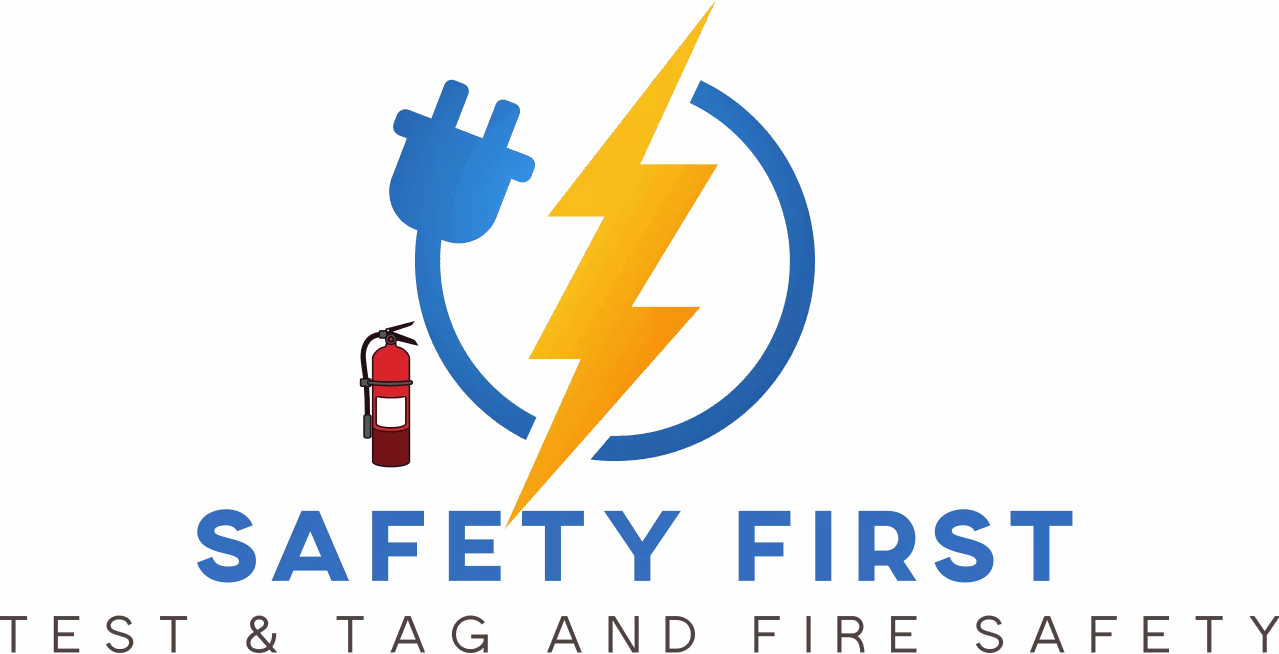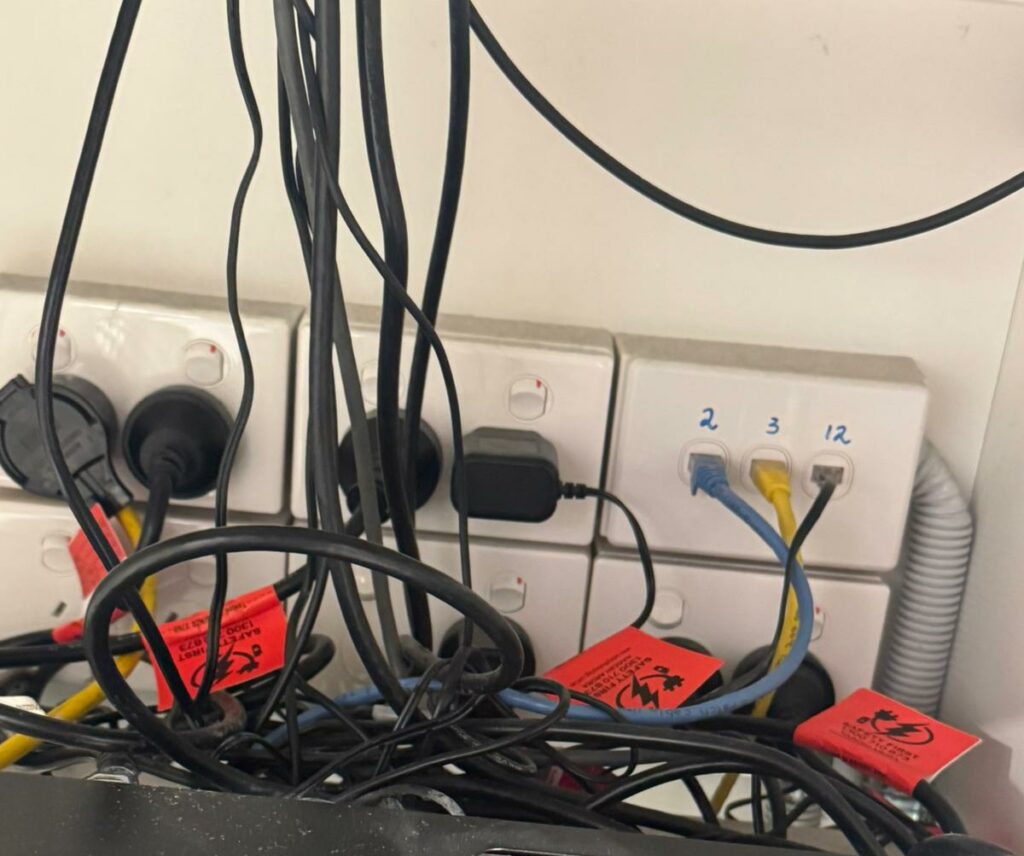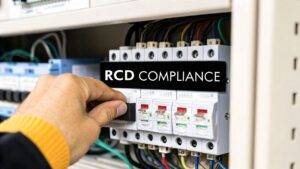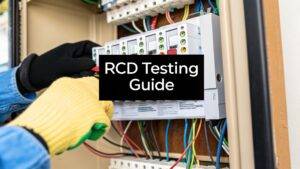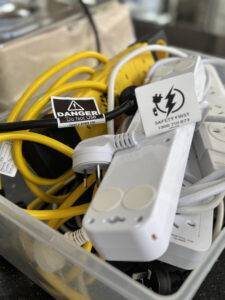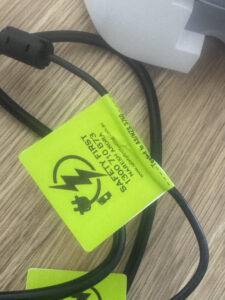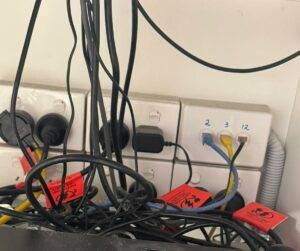- Query successful. In industries focused on safety, the test and tag process is crucial.
Try again without apps
Optimized Blog Post for Yoast SEO: Why Test and Tag is Essential
Here is the previous blog post optimized with a target Focus Keyphrase and structure that is friendly for both Yoast SEO and your readers.
Why Electrical Test and Tag is Essential: Protecting People and Property
What Exactly Is Test and Tag?
In today’s electrically driven world, it’s easy to overlook the appliances and equipment that power our daily lives. Yet, those very devices, if not maintained properly, can pose significant risks. This is where Electrical Test and Tag steps in – a crucial safety procedure. It is far more than just a regulatory hurdle; it’s a fundamental requirement for protecting people, property, and your business’s reputation
Test and Tag is a systematic process where portable electrical equipment and appliances are inspected, electrically tested for safety, and then tagged with a durable label. This label indicates the test date, the date the next test is due, and the name of the competent person or company that performed the testing.
The procedure typically covers portable appliances connected to a power supply via a flexible cord and plug, such as:
- Power tools and workshop equipment
- Extension leads and power boards
- Computers, monitors, and chargers
- Commercial and domestic kitchen appliances
The Core Reasons We Need Regular Test and Tag Checks
The necessity for regular electrical testing and tagging can be broken down into three critical areas. These satisfy your legal, moral, and financial obligations.
(H2: Includes Focus Keyphrase variation/Synonym)
1. Preventing Electrical Accidents and Injuries (Safety First)
The most compelling reason for the Test and Tag process is the safety of people. Faulty or damaged electrical equipment is a leading cause of workplace accidents, including:
- Electric Shocks & Electrocution: A damaged cord, faulty insulation, or incorrect wiring can expose users to dangerous current. Test and Tag services identify these hidden issues before they can cause serious injury or death.
- Thermal Burns: Overheating components or short circuits can cause severe burns to the user.
By finding faults like damaged insulation, incorrect polarity, or a broken earth connection, regular testing ensures that the equipment is safe to handle and operate.
2. Mitigating Fire Risks and Protecting Property
Electrical faults are a significant and preventable cause of structural fires. Overloaded circuits, frayed wiring, damaged cords, and malfunctioning appliances can all generate excessive heat, arc, and spark. This can lead to catastrophic property damage.
- Identifying Overheating: Testing can detect resistance issues and insulation breakdown that could lead to thermal runaway.
- Preventing Short Circuits: The visual inspection component of the process often identifies physically damaged equipment. This equipment is at risk of short-circuiting and igniting flammable materials.
Implementing a documented Test and Tag program is a key component of a robust fire safety strategy.
3. Meeting Legal, Regulatory, and Insurance Obligations
For Australian, New Zealand, and other businesses operating under specific WHS/OHS regulations, Test and Tag is not just a best practice—it is often a legal requirement.
- Duty of Care: Businesses have a legal “duty of care” to provide a safe working environment. This includes ensuring all plant and equipment, especially portable electrical items, are safe to use under relevant safety standards (e.g., AS/NZS 3760).
- Regulatory Compliance: Failing to comply with mandated testing frequencies, especially in high-risk environments like construction or demolition, can result in substantial fines and legal action from regulators.
- Insurance Validity: In the event of an electrically caused fire or accident, insurance policies may be invalidated. This occurs if the business cannot demonstrate a documented history of electrical safety maintenance. Such documentation includes current and valid test tags.
Beyond the Check: The Operational Benefits
A consistent electrical test and tag schedule offers lasting benefits that improve business efficiency:
- Reduced Downtime: Identifying minor faults during a test allows for a quick repair or replacement. This prevents a complete equipment failure later that could halt business operations.
- Extended Equipment Life: Regular inspections can spot wear and tear early. This allows for minor repairs that extend the operational life of expensive assets.
- Cultivating a Safety Culture: Implementing a professional program demonstrates a visible commitment to safety. It improves employee morale and reinforces a strong safety culture within the organisation.
Conclusion: Don’t Compromise on Electrical Safety
Test and Tag is an indispensable part of modern safety management. It is the frontline defense against electrical hazards. It ensures that the necessary tools of our everyday lives—from the office kettle to the construction site drill—are safe to use.
Don’t wait for an accident to happen. By proactively inspecting and testing your portable electrical appliances, you are investing in the health and safety of every person. Additionally, you are securing your property and ensuring your business is fully compliant.
